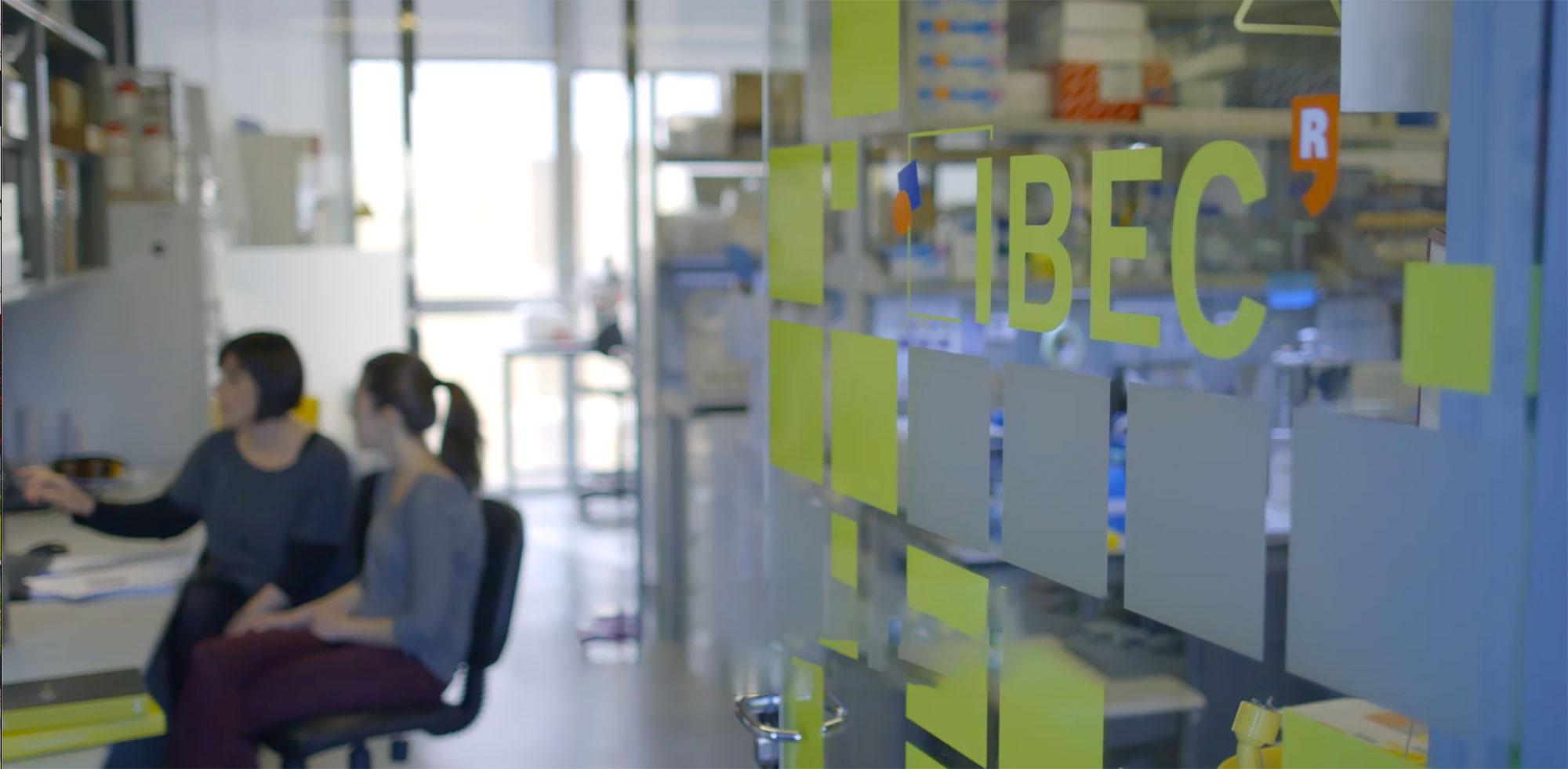Inés González Cabezas
Staff member publications
Human tau seeding and spreading occur following intracerebral inoculation of brain homogenates obtained from tauopathies in transgenic mice expressing natural or mutant tau, and in wild-type (WT) mice. The present study was geared to learning about the patterns of tau seeding, the cells involved and the characteristics of tau following intracerebral inoculation of homogenates from primary age-related tauopathy (PART: neuronal 4Rtau and 3Rtau), aging-related tau astrogliopathy (ARTAG: astrocytic 4Rtau) and globular glial tauopathy (GGT: 4Rtau with neuronal deposits and specific tau inclusions in astrocytes and oligodendrocytes). For this purpose, young and adult WT mice were inoculated unilaterally in the hippocampus or in the lateral corpus callosum with sarkosyl-insoluble fractions from PART, ARTAG and GGT cases, and were killed at variable periods of three to seven months. Brains were processed for immunohistochemistry in paraffin sections. Tau seeding occurred in the ipsilateral hippocampus and corpus callosum and spread to the septal nuclei, periventricular hypothalamus and contralateral corpus callosum, respectively. Tau deposits were mainly found in neurons, oligodendrocytes and threads; the deposits were diffuse or granular, composed of phosphorylated tau, tau with abnormal conformation and 3Rtau and 4Rtau independently of the type of tauopathy. Truncated tau at the aspartic acid 421 and ubiquitination were absent. Tau deposits had the characteristics of pre-tangles. A percentage of intracellular tau deposits co-localized with active (phosphorylated) tau kinases p38 and ERK 1/2. Present study shows that seeding and spreading of human tau into the brain of WT mice involves neurons and glial cells, mainly oligodendrocytes, thereby supporting the idea of a primary role of oligodendrogliopathy, together with neuronopathy, in the progression of tauopathies. In addition, it suggests that human tau inoculation modifies murine tau metabolism with the production and deposition of 3Rtau and 4Rtau, and by activation of specific tau kinases in affected cells.
JTD Keywords: Aging-related tau astrogliopathy, Globular glial tauopathy, Primary age-related tauopathy, Seeding, Spreading, Tau, Tauopathies
Human tau seeding and spreading occur following intracerebral inoculation of brain homogenates obtained from tauopathies in transgenic mice expressing natural or mutant tau, and in wild-type (WT) mice. The present study was geared to learning about the patterns of tau seeding, the cells involved and the characteristics of tau following intracerebral inoculation of homogenates from primary age-related tauopathy (PART: neuronal 4Rtau and 3Rtau), aging-related tau astrogliopathy (ARTAG: astrocytic 4Rtau) and globular glial tauopathy (GGT: 4Rtau with neuronal deposits and specific tau inclusions in astrocytes and oligodendrocytes). For this purpose, young and adult WT mice were inoculated unilaterally in the hippocampus or in the lateral corpus callosum with sarkosyl-insoluble fractions from PART, ARTAG and GGT cases, and were killed at variable periods of three to seven months. Brains were processed for immunohistochemistry in paraffin sections. Tau seeding occurred in the ipsilateral hippocampus and corpus callosum and spread to the septal nuclei, periventricular hypothalamus and contralateral corpus callosum, respectively. Tau deposits were mainly found in neurons, oligodendrocytes and threads; the deposits were diffuse or granular, composed of phosphorylated tau, tau with abnormal conformation and 3Rtau and 4Rtau independently of the type of tauopathy. Truncated tau at the aspartic acid 421 and ubiquitination were absent. Tau deposits had the characteristics of pre-tangles. A percentage of intracellular tau deposits co-localized with active (phosphorylated) tau kinases p38 and ERK 1/2. Present study shows that seeding and spreading of human tau into the brain of WT mice involves neurons and glial cells, mainly oligodendrocytes, thereby supporting the idea of a primary role of oligodendrogliopathy, together with neuronopathy, in the progression of tauopathies. In addition, it suggests that human tau inoculation modifies murine tau metabolism with the production and deposition of 3Rtau and 4Rtau, and by activation of specific tau kinases in affected cells.
JTD Keywords: Aging-related tau astrogliopathy, Globular glial tauopathy, Primary age-related tauopathy, Seeding, Spreading, Tau, Tauopathies
Creutzfeldt-Jakob disease (cJD) is a heterogenic neurodegenerative disorder associated with abnormal posttranslational processing of cellular prion protein (PrPc). cJD displays distinctive clinical and pathological features which correlate with the genotype at the codon 129 (methionine or valine: M or V respectively) in the prion protein gene and with size of the protease-resistant core of the abnormal prion protein PrPsc (type 1:20/21 kDa and type 2:19 kDa). MM1 and VV2 are the most common sporadic cJD (scJD) subtypes. PrP mRNa expression levels in the frontal cortex and cerebellum are reduced in scJD in a form subtype-dependent. Total PrP protein levels and PrPsc levels in the frontal cortex and cerebellum accumulate differentially in scJD MM1 and scJD VV2 with no relation between PrPsc deposition and spongiform degeneration and neuron loss, but with microgliosis, and IL6 and TNF-α response. In the cSF, reduced PrPc, the only form present in this compartment, occurs in scJD MM1 and VV2. PrP mRNa expression is also reduced in the frontal cortex in advanced stages of alzheimer disease, Lewy body disease, progressive supranuclear palsy, and frontotemporal lobe degeneration, but PrPc levels in brain varies from one disease to another. Reduced PrPc levels in cSF correlate with PrP mRNa expression in brain, which in turn reflects severity of degeneration in scJD.
JTD

